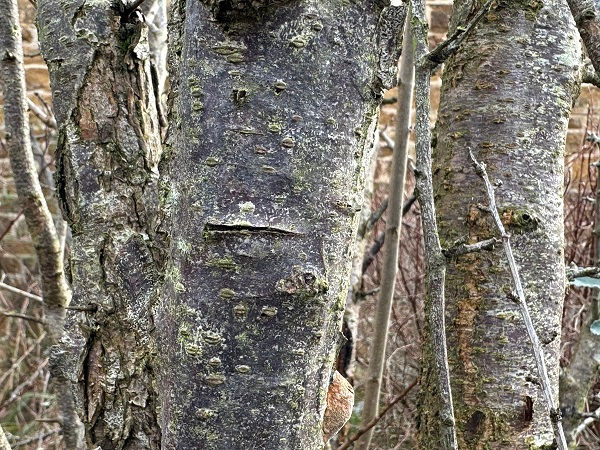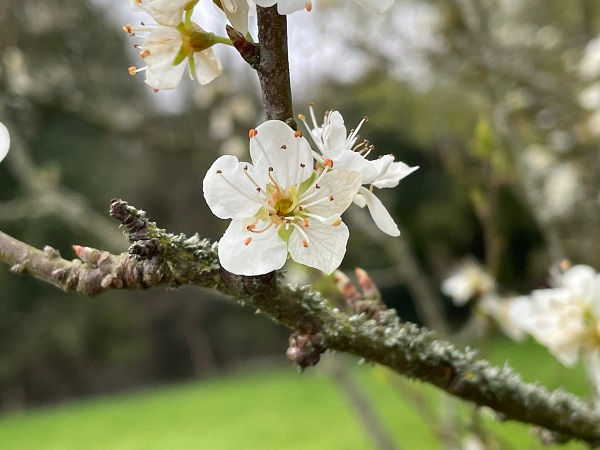Damson - Prunus domestica spp. insititia
- The Foraging Course Company
- Jan 13, 2025
- 2 min read
Updated: Jan 15, 2025

Edible plant - novice Season - autumn Common names Damson, damson plum
Scientific name meaning: Literally meaning plum tree, Prunus is a Latin word. Domestica is from the Latin Domesticus, meaning belong to a household - a reference to cultivation of the species. The subspecies name, insititia, is from the Latin Insitus, meaning grafted and in relation to the fact this rootstock is often use for grafting
Habitat  Damson can be found in hedgerows, woodlands, parks and gardens.It was introduced to Britain by the Romans |
Overall structure  A low-growing tree reaching 5-10m, with thin branches. It can occur as either s single trunked specimen or with multiple smaller trunks. |
Leaves  The leaves are oval shaped, wrinkled, have a serrated edge and slightly downy underneath. They broaden slightly towards the tip. |
Trunk  The trunk can appear as one or with multiple smaller shoots. The bark is sark coloured and, like other members of the Prunus genus, has faint horizontal markings. |
Flowers  The white, five-petalled flowers appear in early spring and can cover the tree. The sepals lay flat against the petals. |
Fruit  The fruits start forming in spring and continue to grow throughout the summer. There are many cultivars of damson, and the type will dictate the shape and ripening times of fruit. Widely cultivated domestic damsons tend to have spherical fruits that are ripe by late summer. Wild damsons (descendants of Roman introductions) tend to be egg-shaped and ripen in mid-autumn. |
Possible lookalikes  Bullace, blackthorn (sloes), green gage (pictured) and cherry plums could all be mistaken for damson. Fortunately, all of the fruit of these is edible, some are even a Prunus domestica subspecies, just like damson is. They often hybridise and are difficult to tell apart when this happens. Blackthorn, however, has a considerable number of thorns and the fruit is very astringent, even when ripe. |
Use as a food The fruit can be eaten raw when fully ripe, but can be quite acidic. It can be used to make damson liqueurs.
Cooked, the fruit is used to make jams, jellies, syrups, ketchups and chutneys Use in herbal medicine and medicine The roots have been used as a styptic, and flowers as a purgative
If you are suffering from any ailment or need medical advice, please see your General Practitioner.
Hazards The leaves and seeds contain cyanogenic glycosides and hydrogen cyanide. The seeds/stones, leaves, barks, stems and twigs should not be consumed
Other uses Green dyes can be made from the leaves and fruit Importance to other species Provides a valuable nectar source for pollinators, and abundant food source for birds. The fruits provide food for the larvae of several moth species
Always stay safe when foraging. You need to be 100% sure of your identification, 100% sure that your foraged item is edible, and 100% sure that you are not allergic to it (it is good practice to always try a small amount of any new food you are consuming). If in doubt, leave it out!









Comments